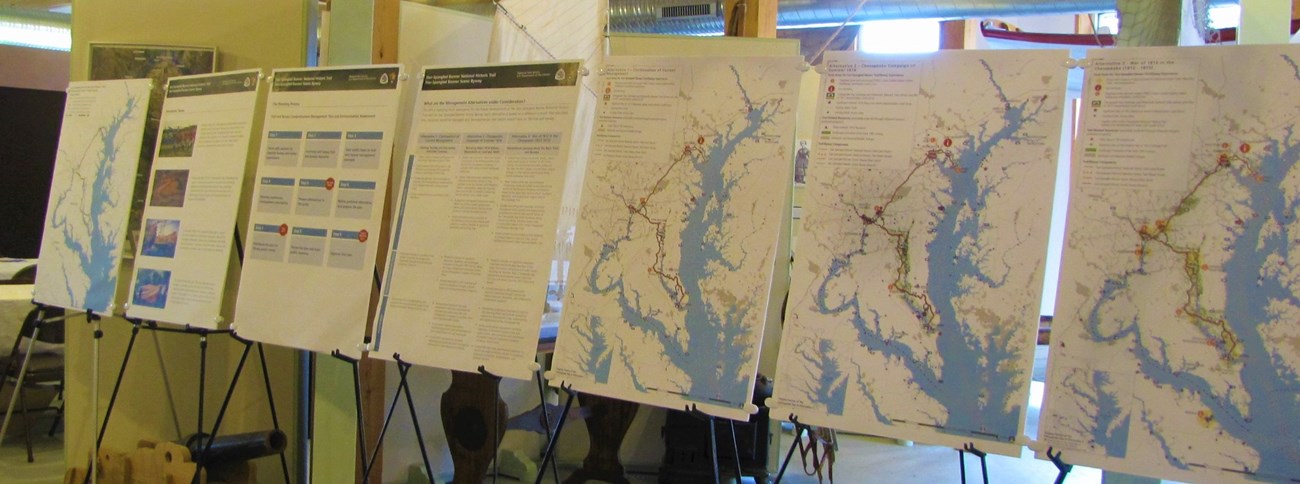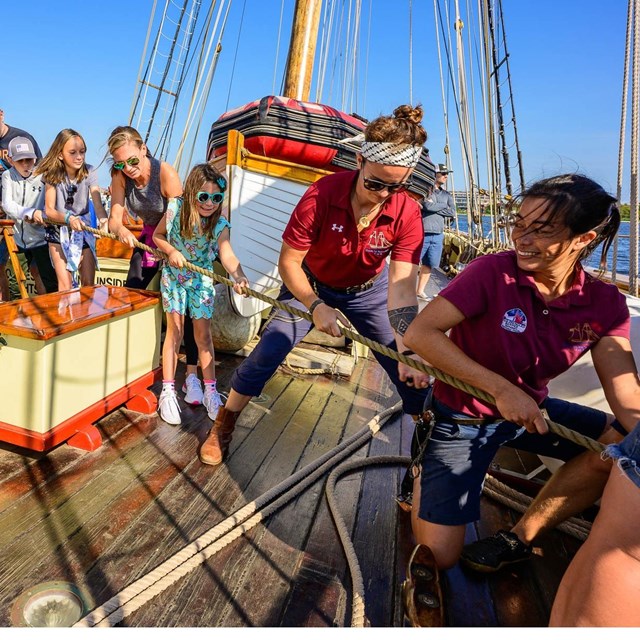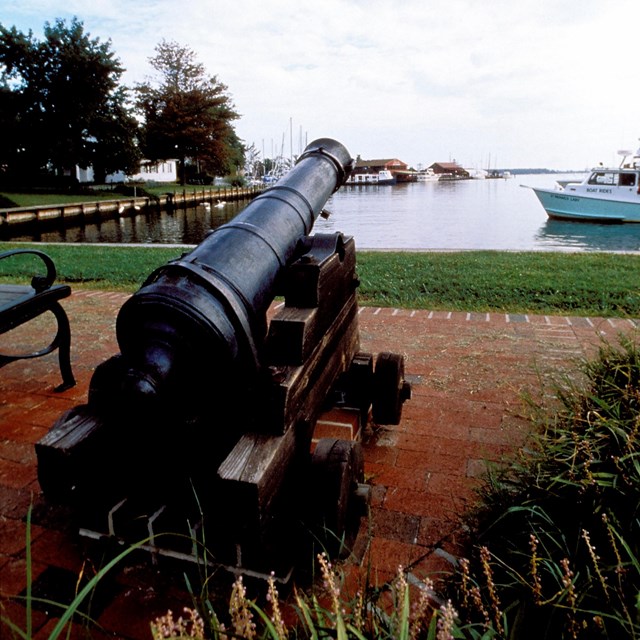
On May 8, 2008, the Star-Spangled Banner National Historic Trail (Trail) was designated through an amendment to the National Trails System Act (16 U.S.C. 1241). The new Trail will consist of “water and overland routes totaling approximately 290 miles, extending from Tangier Island, Virginia, through southern Maryland, the District of Columbia, and northern Virginia, in the Chesapeake Bay, Patuxent River, Potomac River, and north to the Patapsco River, and Baltimore, Maryland, commemorating the Chesapeake Campaign of the War of 1812 (including the British invasion of Washington, District of Columbia, and its associated feints, and the Battle of Baltimore in summer 1814).” General Laws and ProclamationsEnabling Legislation from 2007. An enabling legislation document is a law passed by Congress that officially creates a national park and sets the rules for how it should be managed and protected. Planning
|
Last updated: August 11, 2025





